Seismic Performance of a New Type of Fabricated Tie-Column
Abstract
1. Introduction
2. Fabricated Tie-Column
- Step1:
- Step 2:
- Step 3:
- Step 4:
3. Experimental Program
3.1. Test Specimens
3.2. Test Setup
4. Experimental Results and Analysis
4.1. Loading Process and Damage Behavior
4.2. Hysteretic Characteristic Curve
4.3. Energy Dissipation Capacity
5. Conclusions
- (1)
- The FTC can provide effective constraints for the infill wall. Although the deformation capacity of the W-FTC was similar to the W-CSTC, the initial stiffness of the W-FTC was only one third of the W-CSTC, indicating that it provides smaller stiffness and constraints for the RC frame, which is beneficial for weakening the irregular arrangement and soft-story effects, especially for strong RC frames. Compared with the W-CSTC, the W-FTC has more reasonable failure mode and cracks distribution. Additionally, no stiffness degradation is occurred when the failure load of the W-FTC is almost arrived.
- (2)
- The W-FTC has better energy dissipation capacity. The values of parameters, the coefficient of equivalent viscous damping (CEVD) and energy dissipation indicators (EDI), of the W-FTC are larger than the W-CSTC, which means the W-FTC could dissipate the input energy more efficient and sustainable.
Author Contributions
Acknowledgments
Conflicts of Interest
References
- Mehrabi, A.B.; Shing, P.B.; Schuller, M.P.; Noland, J.L. Experimental evaluation of masonry-infilled RC frames. J. Struct. Eng. 1996, 122, 228–237. [Google Scholar] [CrossRef]
- Zovkic, J.; Sigmund, V.; Guljas, I. Cyclic testing of a single bay reinforced concrete frames with various types of masonry infill. Earthq. Eng. Struct. Dyn. 2013, 42, 1131–1149. [Google Scholar] [CrossRef]
- Misir, I.S.; Ozcelik, O.; Girgin, S.C.; Kahranman, S. Experimental work on seismic behavior of various types of masonry infilled RC frames. Struct. Eng. Mech. 2012, 44, 763–774. [Google Scholar] [CrossRef]
- Stylianidis, K.C. Experimental investigation of masonry infilled RC frames. Open Const. Build. Technol. J. 2012, 6, 194–212. [Google Scholar] [CrossRef]
- Kappos, A.J.; Stylianidis, K.C.; Michailids, C.N. Analytical model for brick masonry infilled I R/C frames under lateral loading. J. Earthq. Eng. 1998, 2, 59–87. [Google Scholar] [CrossRef]
- Lu, Z.; Chen, X.Y.; Lu, X.L.; Yang, Z. Shaking table test and numerical simulation of an RC frame-core tube structure for earthquake-induced collapse. Earthq. Eng. Struct. Dyn. 2016, 45, 1537–1556. [Google Scholar] [CrossRef]
- Jiang, H.J.; Liu, X.J.; Mao, J.J. Full-scale experimental study on masonry infilled RC moment-resisting frames under cyclic loads. Eng. Struct. 2015, 91, 70–84. [Google Scholar] [CrossRef]
- Negro, P.; Colombo, A. Irregularities induced by nonstructural masonry panels in framed buildings. Eng. Struct. 1997, 19, 576–585. [Google Scholar] [CrossRef]
- Dolšek, M.; Fajfar, P. Soft storey effects in uniformly infilled reinforced concrete frames. J. Earthq. Eng. 2001, 5, 1–12. [Google Scholar] [CrossRef]
- Verderame, G.M.; Luca, F.D.; Ricci, P.; Manfredi, G. Preliminary analysis of a soft-storey mechanism after the 2009L’Aquila earthquake. Earthq. Eng. Struct. Dyn. 2011, 40, 925–944. [Google Scholar] [CrossRef]
- Gunay, M.S.; Mosalam, K.M. Structural Engineering Reconnaissance of the April 6, 2009, Abruzzo, Italy, Earthquake, and Lessons Learned; Research, PEER 2010/105; University of California: Berkerly, CA, USA, 2010. [Google Scholar]
- METU-EERC. Area Survey of Seismic and Structural Damage in Relation to 23 October 2011 Mw 7.2 Van Earthquake; Research, METU/EERC 2011-04; Middle East Technical University: Ankara, Turkey, 2011. (In Turkish) [Google Scholar]
- Sezen, H.; Whittaker, A.S.; Elwood, K.J.; Mosalam, K.M. Performance of reinforced concrete buildings during the August 17, 1999 Kocaeli, Turkey earthquake, and seismic design and construction practise in Turkey. Eng. Struct. 2003, 25, 103–114. [Google Scholar] [CrossRef]
- Stavridis, A.; Koutromanos, I.; Shing, P.B. Shake-table tests of a three-story reinforced concrete frame with masonry infill walls. Earthq. Eng. Struct. Dyn. 2012, 41, 1089–1108. [Google Scholar] [CrossRef]
- Pujol, S.; Fick, D. The test of a full-scale three-story RC structure with masonry infill walls. Eng. Struct. 2010, 32, 3112–3121. [Google Scholar] [CrossRef]
- Teguh, M. Experimental evaluation of masonry infill walls of RC frame buildings subjected to cyclic loads. Procedia Eng. 2017, 171, 191–200. [Google Scholar] [CrossRef]
- Liang, X.W.; Li, B.; Li, X.W. Lateral Load-Carrying Capacity of Continuous Masonry Wall Supported on RC Frame. Adv. Struct. Eng. 2007, 10, 305–317. [Google Scholar] [CrossRef]
- Sigmund, V.; Penava, D. Influence of Openings, With and Without Confinement, on Cyclic Response of Infilled RC Frames—An Experimental Study. J. Earthq. Eng. 2014, 18, 113–146. [Google Scholar] [CrossRef]
- Colangelo, F. Pseudo-dynamic seismic response of reinforced concrete frames infilled with non-structural brick masonry. Earthq. Eng. Struct. Dyn. 2005, 34, 1219–1241. [Google Scholar] [CrossRef]
- Manfredi, G.; Ricci, P.; Verderame, G.M. Influence of infill panels and their distribution on seismic behavior of existing reinforced concrete buildings. Open Constr. Build Technol. J. 2012, 6, 236–253. [Google Scholar] [CrossRef]
- Montuori, R.; Nastri, E.; Piluso, V. Modelling of floor joists contribution to the lateral stiffness of RC buildings designed for gravity loads. Eng. Struct. 2016, 121, 85–96. [Google Scholar] [CrossRef]
- Dönmez, C. Seismic performance of wide-beam infill-joist block RC frames in Turkey. J. Perform. Constr. Facil. 2015, 29, 04014026. [Google Scholar] [CrossRef]
- Montuori, R.; Muscati, R. Smart and simple design of seismic resistant reinforced concrete frame. Compos. Part B Eng. 2017, 115, 360–368. [Google Scholar] [CrossRef]
- Montuori, R.; Muscati, R. A general design procedure for failure mechanism control of reinforced concrete frames. Eng. Struct. 2016, 118, 137–155. [Google Scholar] [CrossRef]
- Ministry of Construction of the People’s Republic of China. Code for Seismic Design of Buildings (GB50011-2010); China Architecture and Building Press: Beijing, China, 2010.
- Ministry of Construction of the People’s Republic of China. Code for Design of Masonry Structures (GB50003-2011); China Architecture and Building Press: Beijing, China, 2011.
- Li, J.B.; Wang, Y.; Lu, Z.; Xia, B. Shaking table test and numerical simulation of a superimposed reinforced concrete shear wall structure. Struct. Des. Tall Spec. Build. 2018, 27, e1412. [Google Scholar] [CrossRef]
- Li, J.B.; Wang, L.; Lu, Z.; Wang, Y. Experimental study of L-shaped precast RC shear walls with middle cast-in-situ joint. Struct. Des. Tall Spec. Build. 2018, 27, e1457. [Google Scholar] [CrossRef]
- CEN. Eurocode 8: Design of Structures for Earthquake Resistance. Part 1: General Rules, Seismic Actions and Rules for Buildings; CEN: Brussels, Belgium, 2004. [Google Scholar]
- Lu, Z.; Chen, X.Y.; Zhang, D.C.; Dai, K.S. Experimental and analytical study on the performance of particle tuned mass dampers under seismic excitation. Earthq. Eng. Struct. Dyn. 2017, 46, 697–714. [Google Scholar] [CrossRef]
- Dai, K.S.; Wang, J.Z.; Mao, R.F.; Lu, Z.; Chen, S.E. Experimental investigation on dynamic characterization and seismic control performance of a TLPD system. Struct. Des. Tall Spec. Build. 2017, 26, e1350. [Google Scholar] [CrossRef]
- Lu, Z.; Huang, B.; Zhou, Y. Theoretical study and experimental validation on the energy dissipation mechanism of particle dampers. Struct. Control Health Monit. 2018, 25, e2125. [Google Scholar] [CrossRef]
- Lu, Z.; Huang, B.; Zhang, Q.; Lu, X.L. Experimental and analytical study on vibration control effects of eddy-current tuned mass dampers under seismic excitations. J. Sound Vib. 2018, 421, 153–165. [Google Scholar] [CrossRef]
- Prota, A.; Manfredi, G.; Nardone, F. Assessment of Design Formulas for In-Plane FRP Strengthening of Masonry Walls. J. Compos. Constr. 2008, 12, 643–649. [Google Scholar] [CrossRef]
- Gattesco, N.; Amadio, C.; Bedon, C. Experimental and numerical study on the shear behavior of stone masonry walls strengthened with GFRP reinforced mortar coating and steel-cord reinforced repointing. Eng. Struct. 2015, 90, 143–157. [Google Scholar] [CrossRef]
- Lu, Z.; Yang, Y.L.; Lu, X.L.; Liu, C.Q. Preliminary study on the damping effect of a lateral damping buffer under a debris flow load. Appl. Sci. 2017, 7, 201. [Google Scholar] [CrossRef]
- Silva, B.; Benetta, M.D.; da Porto, F.; Modena, C. Experimental assessment of in-plane behaviour of three-leaf stone masonry walls. Constr. Build. Mater. 2014, 53, 149–161. [Google Scholar] [CrossRef]
- Lu, X.L.; Liu, Z.P.; Lu, Z. Optimization design and experimental verification of track nonlinear energy sink for vibration control under seismic excitation. Struct. Control Health Monit. 2017, 24, e2033. [Google Scholar] [CrossRef]
- Lu, Z.; Lu, X.L.; Masri, S.F. Studies of the performance of particle dampers under dynamic loads. J. Sound Vib. 2010, 329, 5415–5433. [Google Scholar] [CrossRef]
- Lu, Z.; Wang, Z.X.; Masri, S.F.; Lu, X.L. Particle Impact Dampers: Past, Present, and Future. Struct. Control Health Monit. 2018, 25, e2058. [Google Scholar] [CrossRef]
- Lu, Z.; Chen, X.Y.; Zhou, Y. An equivalent method for optimization of particle tuned mass damper based on experimental parametric study. J. Sound Vib. 2018, 419, 571–584. [Google Scholar] [CrossRef]
- Lu, Z.; Wang, Z.X.; Zhou, Y.; Lu, X.L. Nonlinear dissipative devices in structural vibration control: A review. J. Sound Vib. 2018, 423, 18–49. [Google Scholar] [CrossRef]
- Wang, G.J.; Li, Y.M.; Zheng, N.N.; Ingham, J.M. Testing and modelling the in-plane seismic response of clay brick masonry walls with boundary columns made of precast concrete interlocking blocks. Eng. Struct. 2017, 131, 513–529. [Google Scholar] [CrossRef]
- Zimmermann, T.; Strauss, A.; Wendner, R. Old masonry under seismic loads: Stiffness identification and degradation. In Proceedings of the Structures Congress 2011, Las Vegas, NV, USA, 14–16 April 2011; pp. 1736–1747. [Google Scholar]
- Lu, Z.; Wang, Z.X.; Li, J.B.; Huang, B. Studies on seismic performance of precast concrete columns with grouted splice sleeve. Appl. Sci. 2017, 7, 571. [Google Scholar] [CrossRef]
- Li, J.B.; Wang, Y.; Lu, Z.; Li, J.Z. Experimental study and numerical simulation of a laminated reinforced concrete shear wall with a vertical seam. Appl. Sci. 2017, 7, 629. [Google Scholar] [CrossRef]
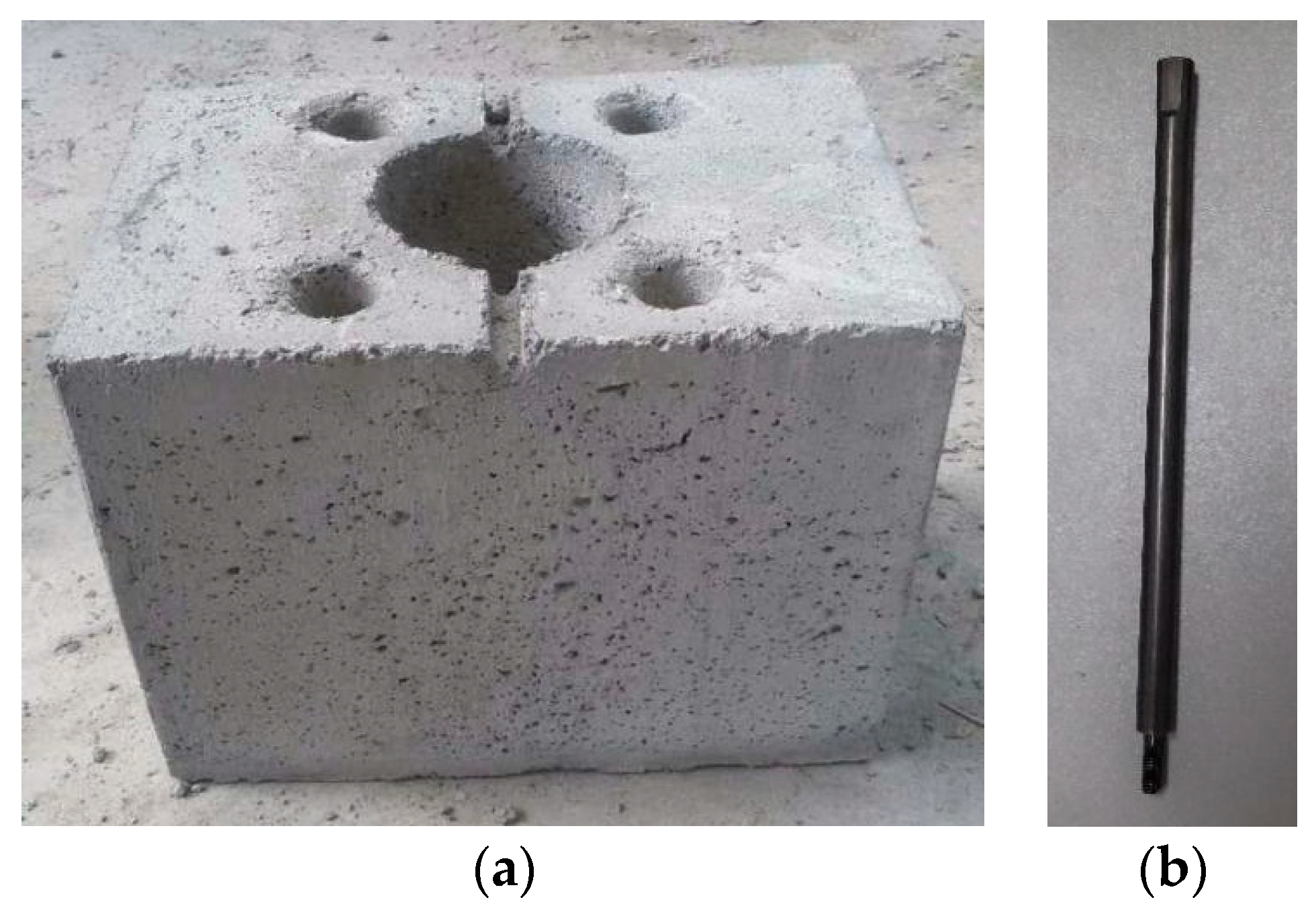
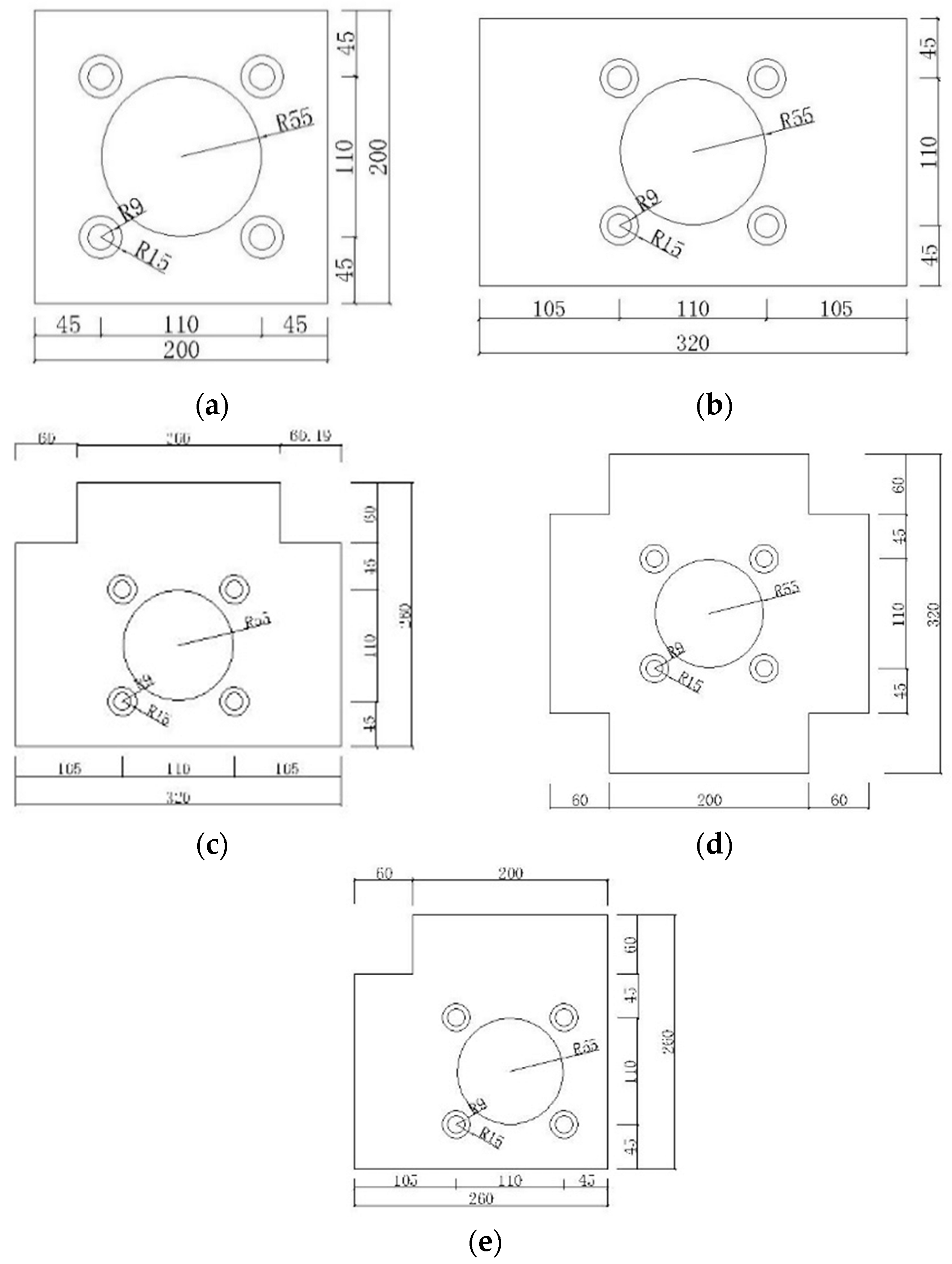
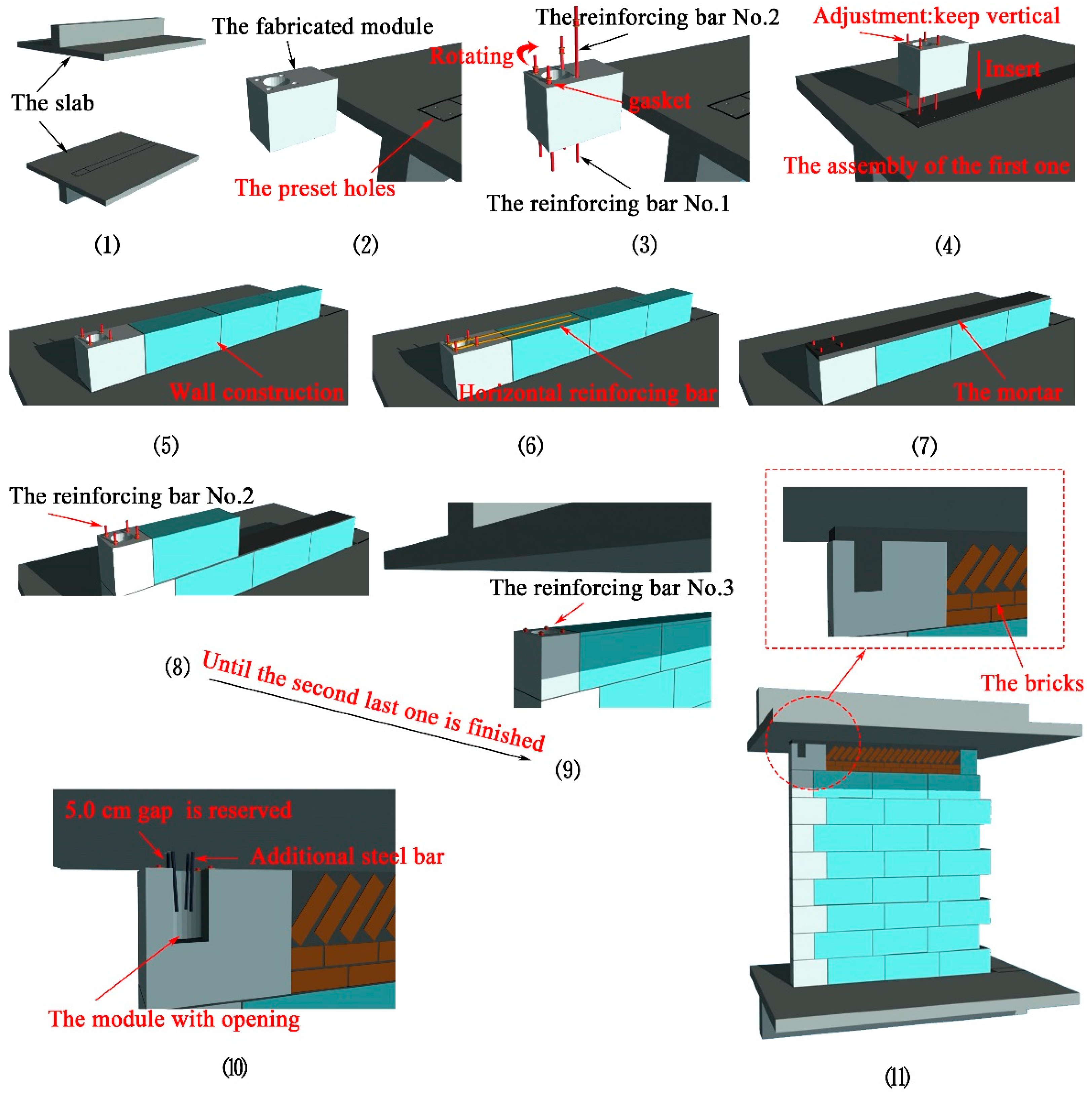
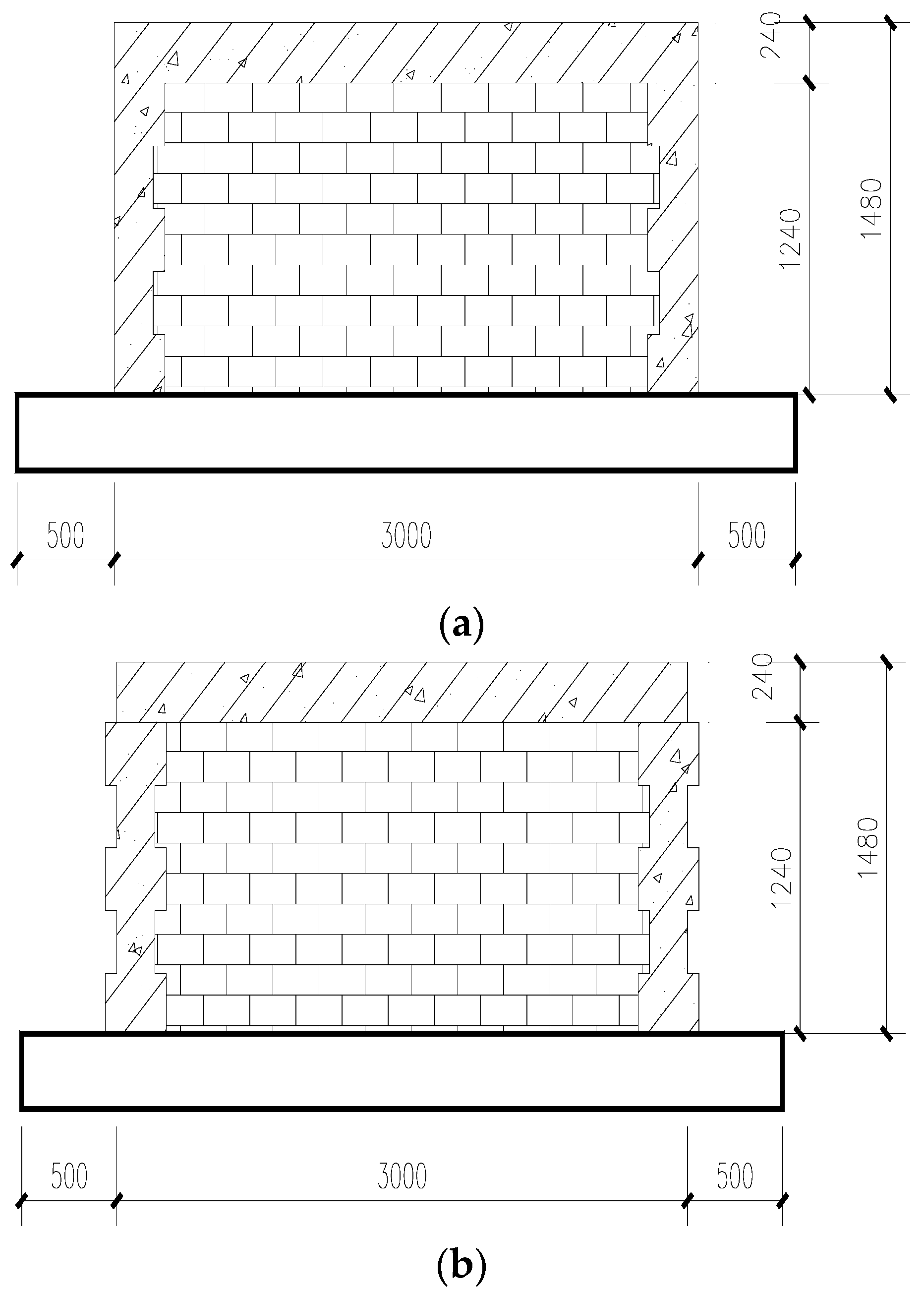
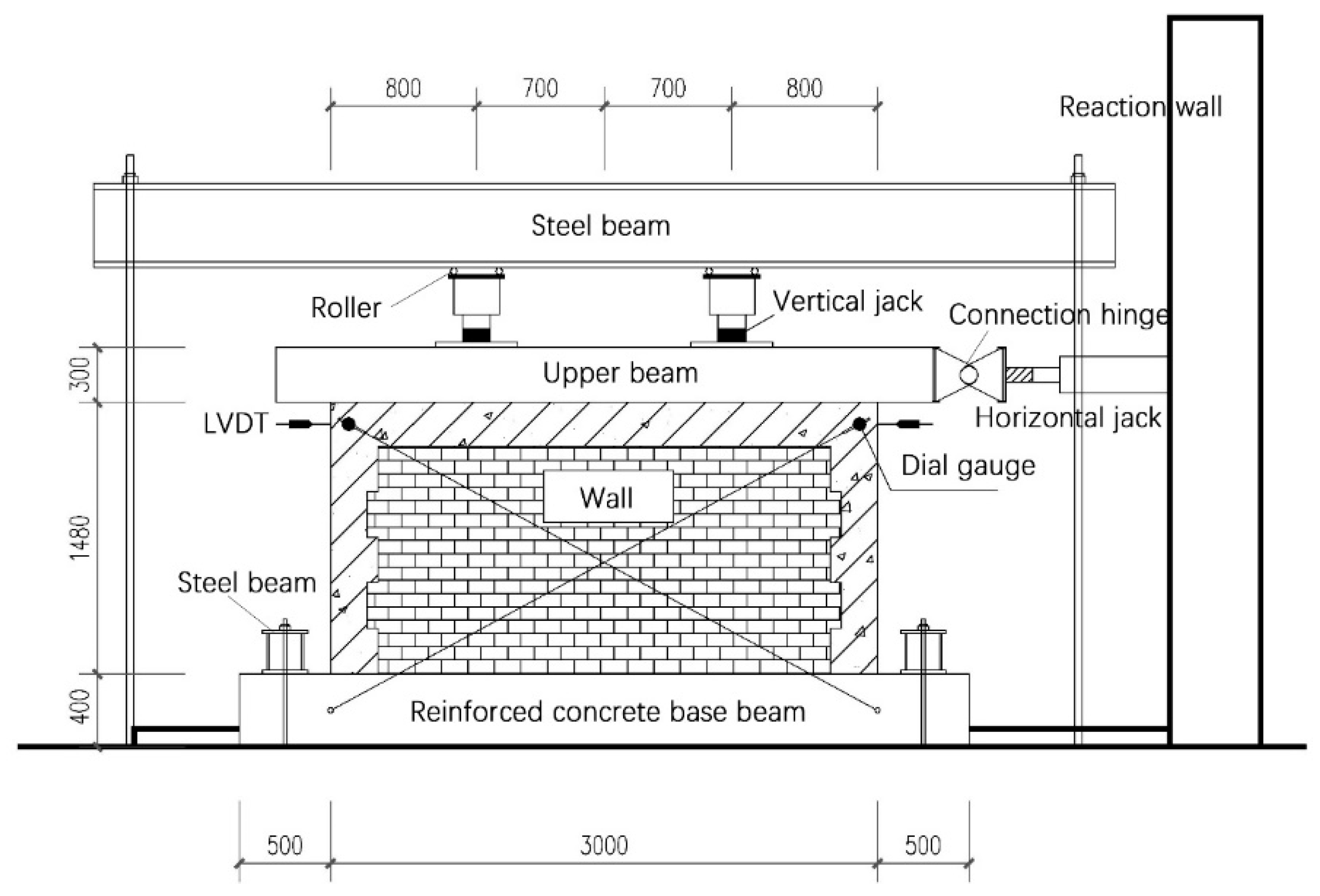
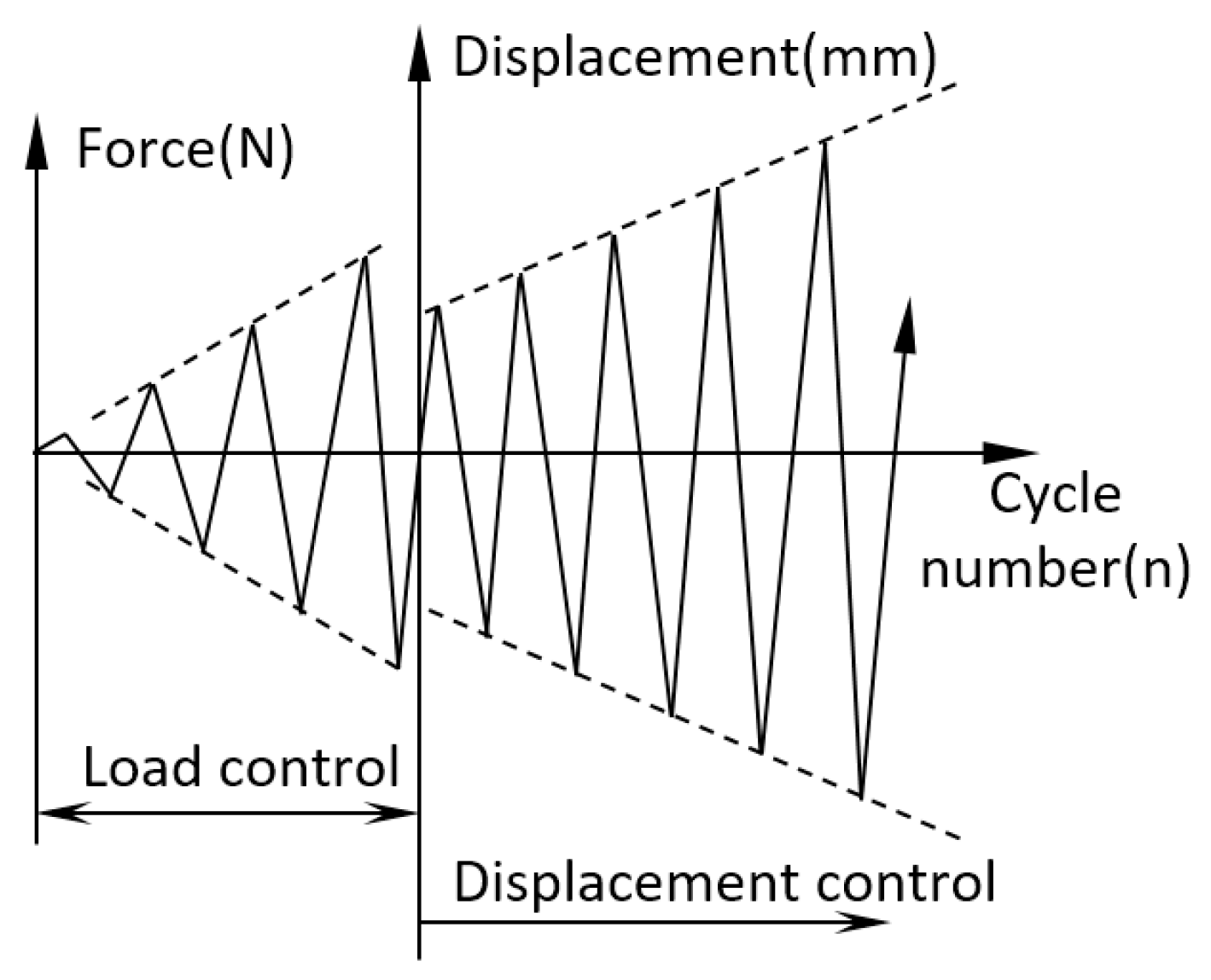
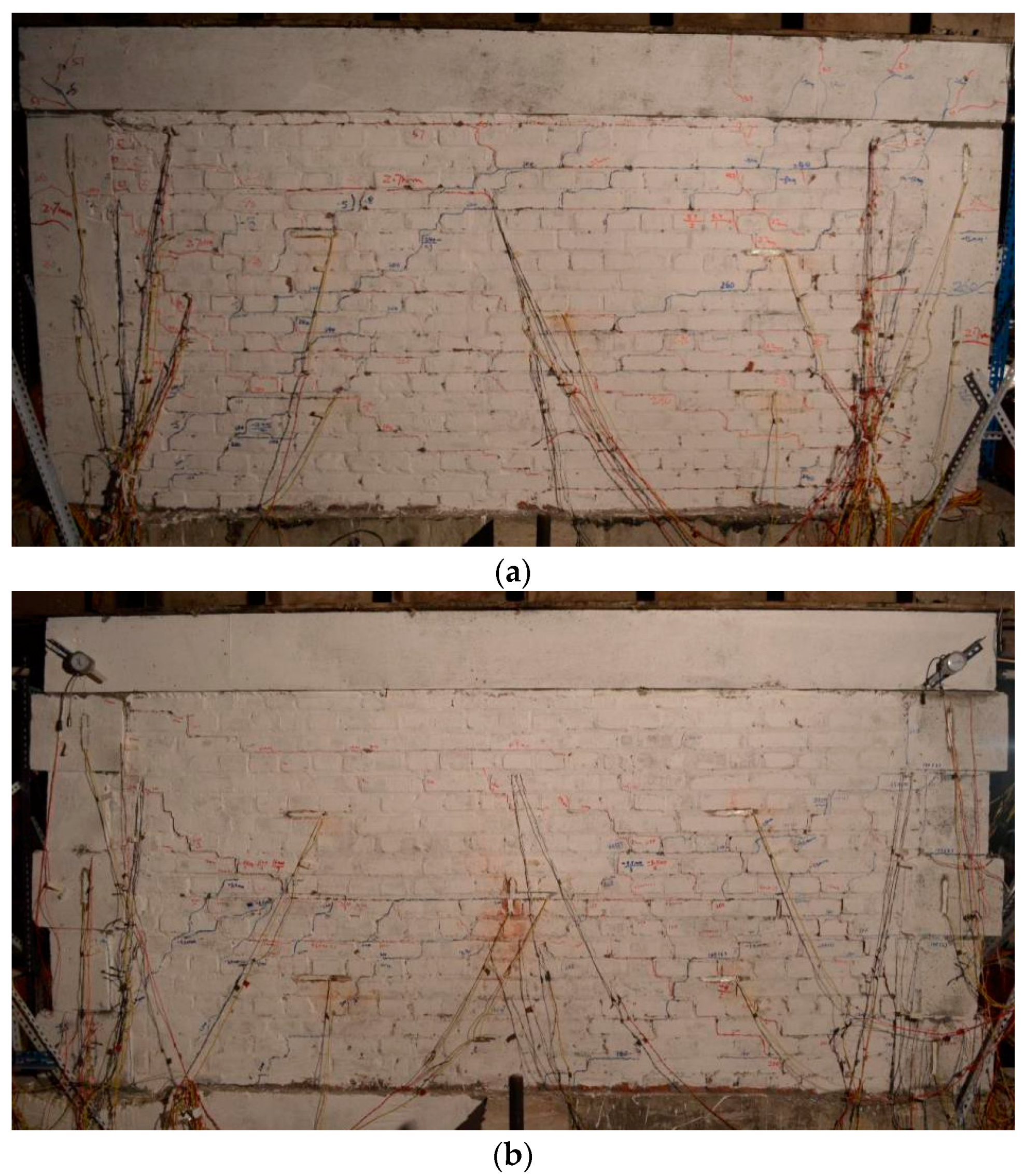
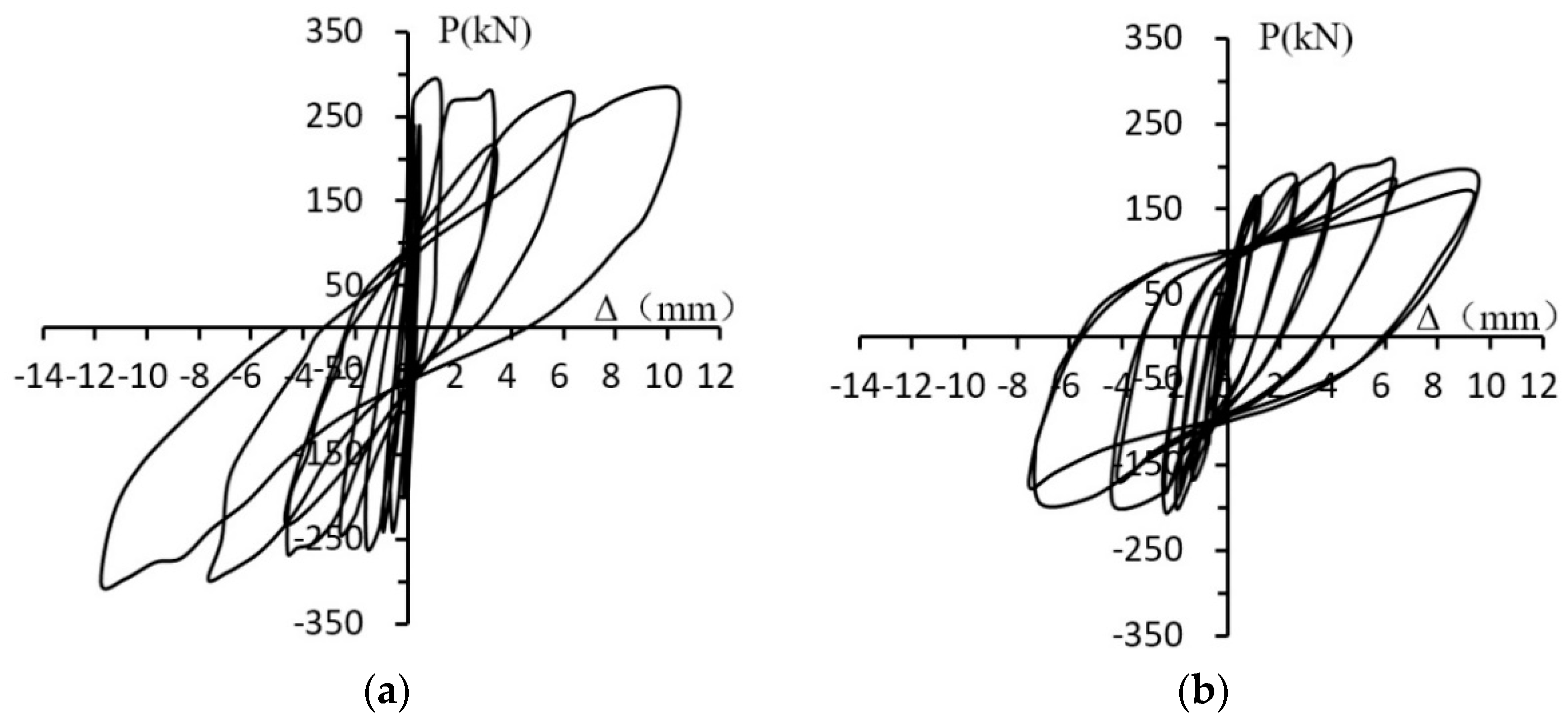
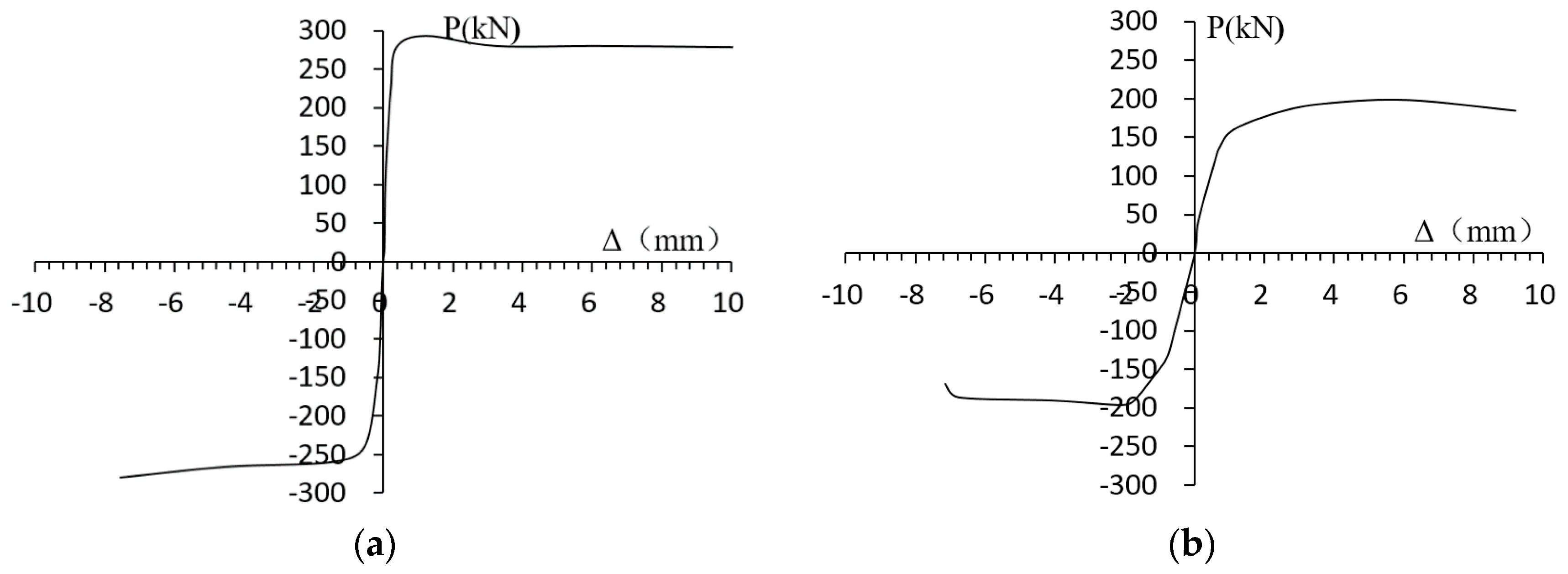
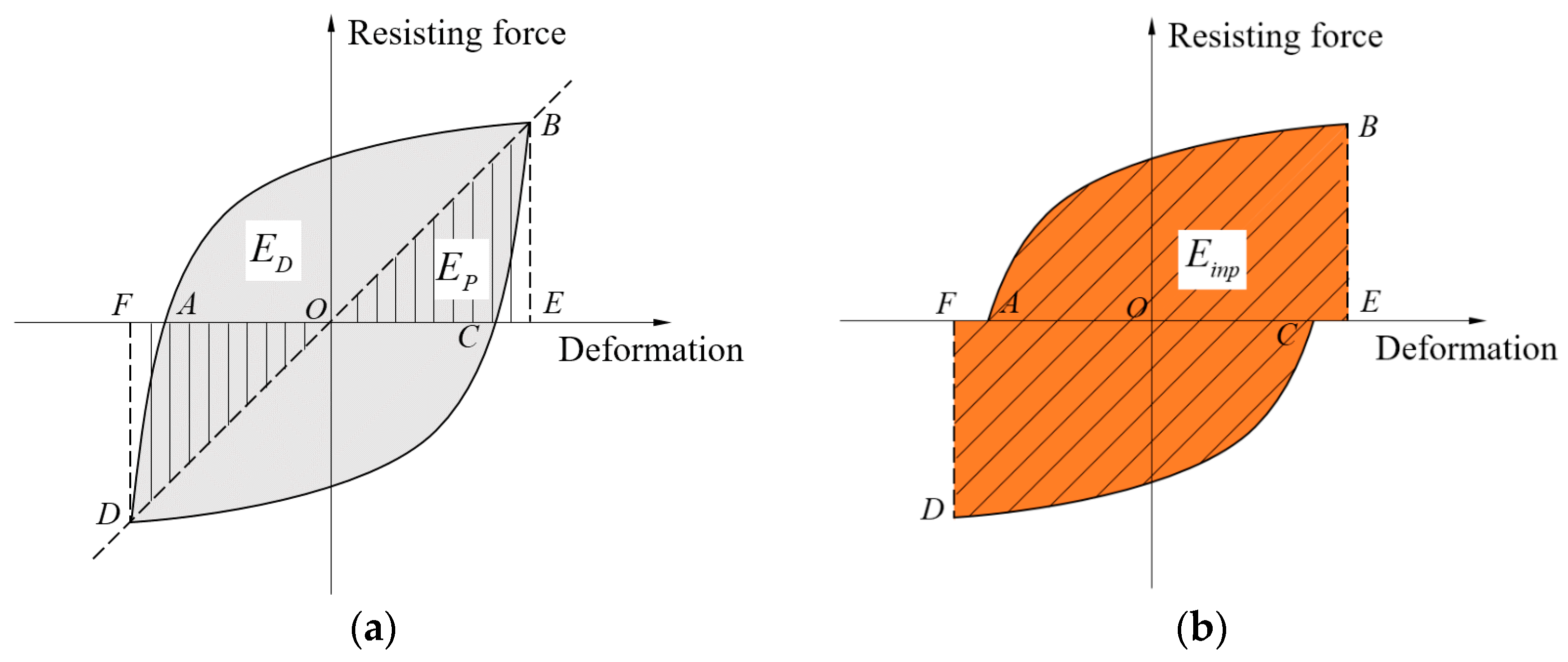
| Specimens | The Cracking Load | The Ultimate Load | The Failure Load | ||||||
|---|---|---|---|---|---|---|---|---|---|
| W-CSTC | 114 | 0.15 | 0.54 | 666 | 0.21 | 0.85 | 3186 | 0.16 | 0.72 |
| W-FTC | 183 | 0.16 | 0.62 | 1514 | 0.24 | 0.86 | 2608 | 0.28 | 0.89 |
© 2018 by the authors. Licensee MDPI, Basel, Switzerland. This article is an open access article distributed under the terms and conditions of the Creative Commons Attribution (CC BY) license (http://creativecommons.org/licenses/by/4.0/).
Share and Cite
Lu, Z.; Zhang, H.; Jia, C.; Peng, Z. Seismic Performance of a New Type of Fabricated Tie-Column. Sustainability 2018, 10, 1716. https://doi.org/10.3390/su10061716
Lu Z, Zhang H, Jia C, Peng Z. Seismic Performance of a New Type of Fabricated Tie-Column. Sustainability. 2018; 10(6):1716. https://doi.org/10.3390/su10061716
Chicago/Turabian StyleLu, Zheng, Hengrui Zhang, Chuanguo Jia, and Zhimu Peng. 2018. "Seismic Performance of a New Type of Fabricated Tie-Column" Sustainability 10, no. 6: 1716. https://doi.org/10.3390/su10061716
APA StyleLu, Z., Zhang, H., Jia, C., & Peng, Z. (2018). Seismic Performance of a New Type of Fabricated Tie-Column. Sustainability, 10(6), 1716. https://doi.org/10.3390/su10061716






